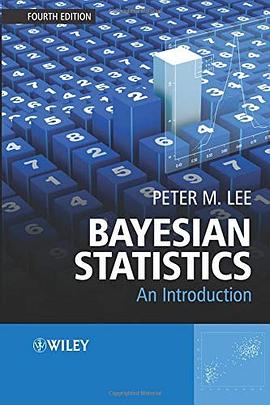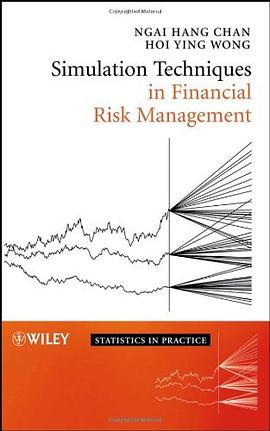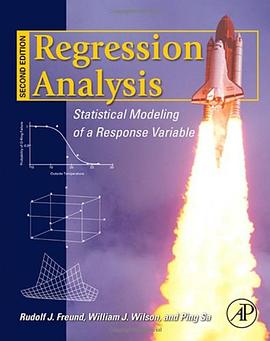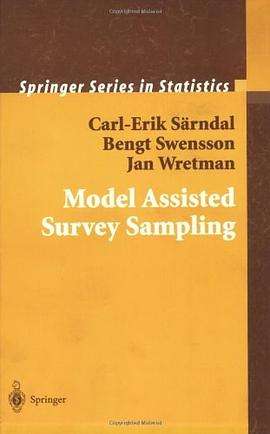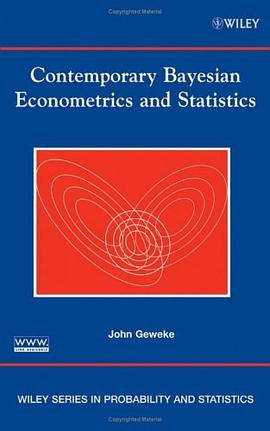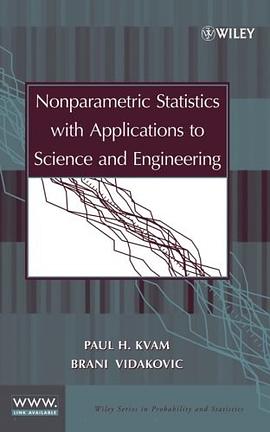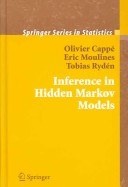Preface xix
Preface to the First Edition xxi
1 Preliminaries 1
1.1 Probability and Bayes’ Theorem 1
1.2 Examples on Bayes’ Theorem 9
1.3 Random variables 12
1.4 Several random variables 17
1.5 Means and variances 23
1.6 Exercises on Chapter 1 31
2 Bayesian inference for the normal distribution 36
2.1 Nature of Bayesian inference 36
2.2 Normal prior and likelihood 40
2.3 Several normal observations with a normal prior 44
2.4 Dominant likelihoods 48
2.5 Locally uniform priors 50
2.6 Highest density regions 54
2.7 Normal variance 55
2.8 HDRs for the normal variance 59
2.9 The role of sufficiency 60
2.10 Conjugate prior distributions 67
2.11 The exponential family 71
2.12 Normal mean and variance both unknown 73
2.13 Conjugate joint prior for the normal distribution 78
2.14 Exercises on Chapter 2 82
3 Some other common distributions 85
3.1 The binomial distribution 85
3.2 Reference prior for the binomial likelihood 92
3.3 Jeffreys’ rule 96
3.4 The Poisson distribution 102
3.5 The uniform distribution 106
3.6 Reference prior for the uniform distribution 110
3.6.1 Lower limit of the interval fixed 110
3.7 The tramcar problem 113
3.8 The first digit problem; invariant priors 114
3.9 The circular normal distribution 117
3.10 Approximations based on the likelihood 122
3.11 Reference posterior distributions 128
3.12 Exercises on Chapter 3 134
4 Hypothesis testing 138
4.1 Hypothesis testing 138
4.2 One-sided hypothesis tests 143
4.3 Lindley’s method 145
4.4 Point (or sharp) null hypotheses with prior information 146
4.5 Point null hypotheses for the normal distribution 150
4.6 The Doogian philosophy 157
4.7 Exercises on Chapter 4 158
5 Two-sample problems 162
5.1 Two-sample problems – both variances unknown 162
5.2 Variances unknown but equal 165
5.3 Variances unknown and unequal (Behrens–Fisher problem) 168
5.4 The Behrens–Fisher controversy 171
5.5 Inferences concerning a variance ratio 173
5.6 Comparison of two proportions; the 2 × 2 table 176
5.7 Exercises on Chapter 5 179
6 Correlation, regression and the analysis of variance 182
6.1 Theory of the correlation coefficient 182
6.2 Examples on the use of the correlation coefficient 189
6.3 Regression and the bivariate normal model 190
6.4 Conjugate prior for the bivariate regression model 197
6.5 Comparison of several means – the one way model 200
6.6 The two way layout 209
6.7 The general linear model 212
6.8 Exercises on Chapter 6 217
7 Other topics 221
7.1 The likelihood principle 221
7.2 The stopping rule principle 226
7.3 Informative stopping rules 229
7.4 The likelihood principle and reference priors 232
7.5 Bayesian decision theory 234
7.6 Bayes linear methods 240
7.7 Decision theory and hypothesis testing 243
7.8 Empirical Bayes methods 245
7.9 Exercises on Chapter 7 247
8 Hierarchical models 253
8.1 The idea of a hierarchical model 253
8.2 The hierarchical normal model 258
8.3 The baseball example 262
8.4 The Stein estimator 264
8.5 Bayesian analysis for an unknown overall mean 268
8.6 The general linear model revisited 272
8.7 Exercises on Chapter 8 277
9 The Gibbs sampler and other numerical methods 281
9.1 Introduction to numerical methods 281
9.2 The EM algorithm 283
9.3 Data augmentation by Monte Carlo 291
9.4 The Gibbs sampler 294
9.5 Rejection sampling 311
9.6 The Metropolis–Hastings algorithm 317
9.7 Introduction to WinBUGS and OpenBUGS 323
9.8 Generalized linear models 332
9.9 Exercises on Chapter 9 335
10 Some approximate methods 340
10.1 Bayesian importance sampling 340
10.2 Variational Bayesian methods: simple case 345
10.3 Variational Bayesian methods: general case 353
10.4 ABC: Approximate Bayesian Computation 356
10.5 Reversible jump Markov chain Monte Carlo 367
10.6 Exercises on Chapter 10 369
Appendix A Common statistical distributions 373
A.1 Normal distribution 374
A.2 Chi-squared distribution 375
A.3 Normal approximation to chi-squared 376
A.4 Gamma distribution 376
A.5 Inverse chi-squared distribution 377
A.6 Inverse chi distribution 378
A.7 Log chi-squared distribution 379
A.8 Student’s t distribution 380
A.9 Normal/chi-squared distribution 381
A.10 Beta distribution 382
A.11 Binomial distribution 383
A.12 Poisson distribution 384
A.13 Negative binomial distribution 385
A.14 Hypergeometric distribution 386
A.15 Uniform distribution 387
A.16 Pareto distribution 388
A.17 Circular normal distribution 389
A.18 Behrens’ distribution 391
A.19 Snedecor’s F distribution 393
A.20 Fisher’s z distribution 393
A.21 Cauchy distribution 394
A.22 The probability that one beta variable is greater than another 395
A.23 Bivariate normal distribution 395
A.24 Multivariate normal distribution 396
A.25 Distribution of the correlation coefficient 397
Appendix B Tables 399
B.1 Percentage points of the Behrens–Fisher distribution 399
B.2 Highest density regions for the chi-squared distribution 402
B.3 HDRs for the inverse chi-squared distribution 404
B.4 Chi-squared corresponding to HDRs for log chi-squared 406
B.5 Values of F corresponding to HDRs for log F 408
Appendix C R programs 430
Appendix D Further reading 436
D.1 Robustness 436
D.2 Nonparametric methods 436
D.3 Multivariate estimation 436
D.4 Time series and forecasting 437
D.5 Sequential methods 437
D.6 Numerical methods 437
D.7 Bayesian networks 437
D.8 General reading 438
References 439
Index 455
· · · · · · (
收起)
